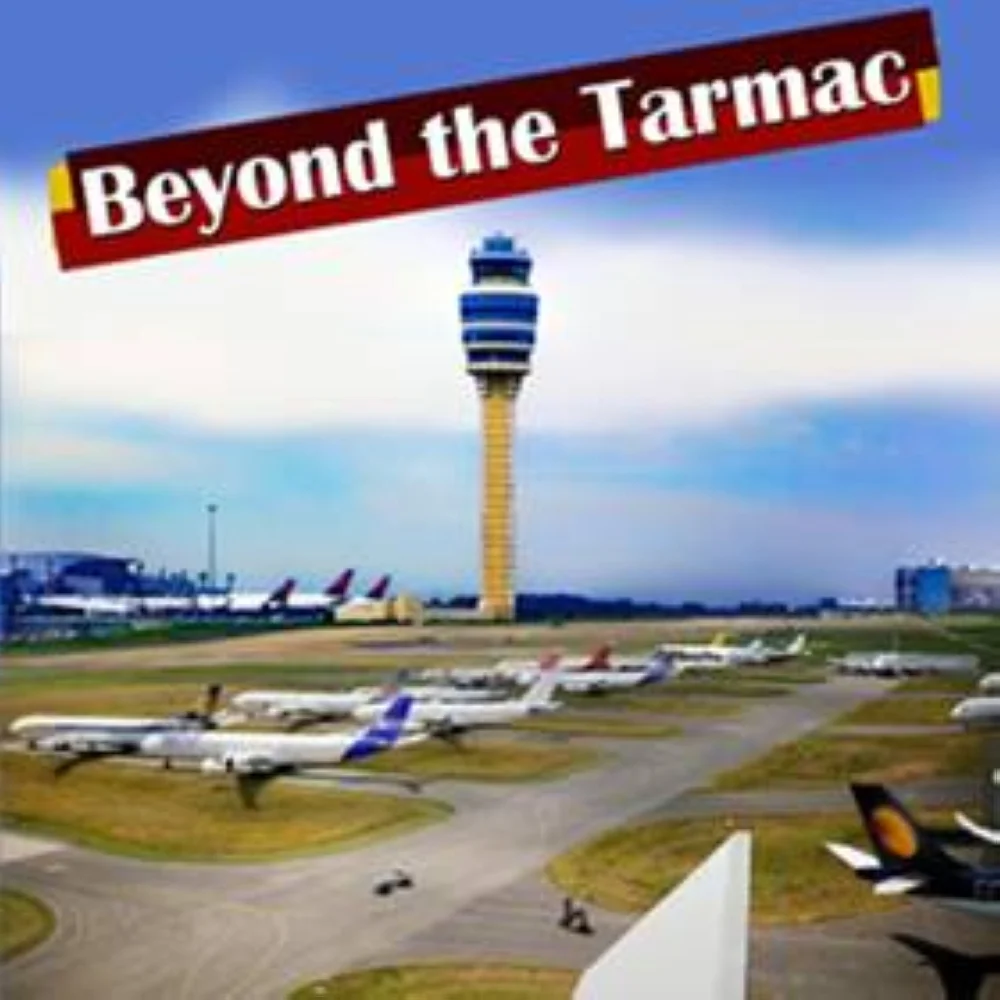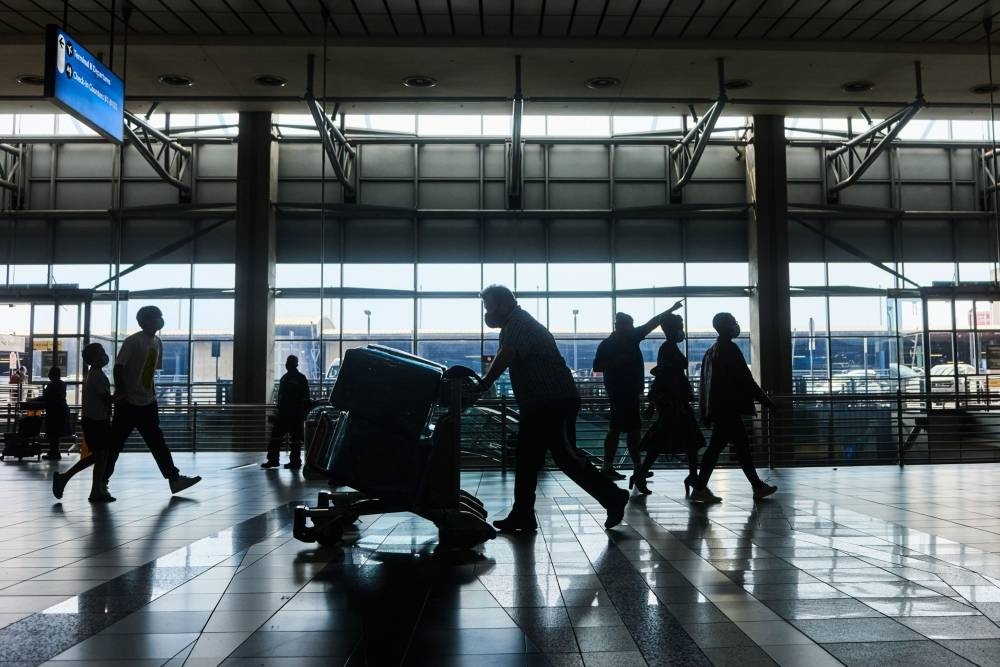
|
AU’s flagship project has been aimed at improving the continent’s aviation, which has been badly hurt mainly because of the incapacity of African governments to develop the continent’s aviation industry.
The African Union comprises some 55 African member states, which is committed to the AU Single African Air Transport Market (SAATM) initiative, which was rolled out in 2018.
In 2002, the AU through the ‘Yamoussoukro Decision’ (YD), made it legally binding for the African countries to create a pan-African domestic air transport.
However, two decades on, only 35 countries recommitted to YD under the 2018 AU Single African Air Transport Market (SAATM) initiative, and even fewer have begun implementation.
According to the Aviation Week Network, only 30-35% of African cities are now connected by air and only 15% of flights use fifth-freedom rights.
Adefunke Adeyemi, the new secretary general of the African Civil Aviation Commission (AFCAC), which is the AU body responsible for overseeing the liberalisation project, aims to increase fifth-freedom flying from 15% to 30% by 2025. She is also hoping to encourage more interlining between African carriers, which could lead to more efficient use of capacity.
Adeyemi is planning to break the SAATM “elephant” down into more manageable chunks, made up of specific actions and targets, Aviation Week Network said. This includes grouping together countries in new ways, such as those with shared languages, whose trade would benefit most from new air links.
For example, Angola, Cape Verde, Equatorial Guinea and Mozambique are all Portuguese-speaking and tourism is a major source of income, but Adeyemi is not aware of any existing air links between them.
AFCAC hopes to facilitate discussions between their governments, airlines, trade-development and tourism bodies, with business in mind.
Industry analysts say Africa has the oldest aircraft fleet in the world. Despite Africans representing more than 17% of the world’s population, their aircraft fleets amount to roughly 6% of global commercial passenger and cargo aircraft in 2020, the African Airlines Association (AFFRA) data indicates. This means that Africa has the lowest level of aircraft per capita of any other region in the world.
For the past two decades, the average age of global aircraft fleets has varied between 10 and 12 years. In comparison, the average fleet age across Africa stands at around 17 years, the oldest of any world region.
Only a few airlines in Africa such as Ethiopian Airlines, South African Airways, EgyptAir and Royal Air Maroc ensure a significant connectivity with the rest of the world.
Although Africa makes up more than 17% of the world’s population, it only caters to 3.1% of the world’s air travellers.
Ironically, Africa accounts for 19% of global incidents and accidents. With such a low record of safety, it is difficult to gain the trust of costumers. It has prompted some countries to even restrict their airspace to certain African airlines!
A pre-pandemic estimate showed by 2035, Africa may see an extra 192mn passengers a year to make up a total market of 303mn passengers, travelling to and from African destinations.
It also said the continent is set to become one of the fastest growing aviation regions in the next 20 years with an annual expansion of nearly 5%.
While it is evident that aviation has the potential to fuel economic growth in Africa, several barriers still exist.
One major obstacle, the International Air Transport Association (IATA) points out, is the slow pace of implementing the proposed ‘open skies programme’ in Africa.
It was designed to open up Africa’s skies, allowing airlines to fly between any two African cities without having to do so via their home hub airport, boosting intra-Africa trade and tourism as a result.
But progress in realising ‘African open skies’ has been rather tardy, analysts say.
Despite its rosy outlook, Africa’s aviation sector still faces enormous challenges. Indeed, protectionist trends have resulted in a rather lacklustre response from many member countries, concerning competition rules, ownership and control, consumer rights, taxes, and commercial viability.
Weak infrastructure, high ticket prices, poor connectivity and lack of proper liberalisation are some of the headwinds on African aviation’s path, albeit the continent currently sees an economic boom with tourism started benefiting from greater prosperity.
As discussed in these columns earlier, airport infrastructure in most African countries remains outdated and cannot effectively serve the growing passengers or cargo volumes.
Airlines and airports are often managed by government entities or regulatory bodies while foreign investment is generally discouraged.
Undoubtedly, Africa’s aviation potential remains massive. SAATM was clearly a bold step towards unlocking Africa’s aviation potential.


